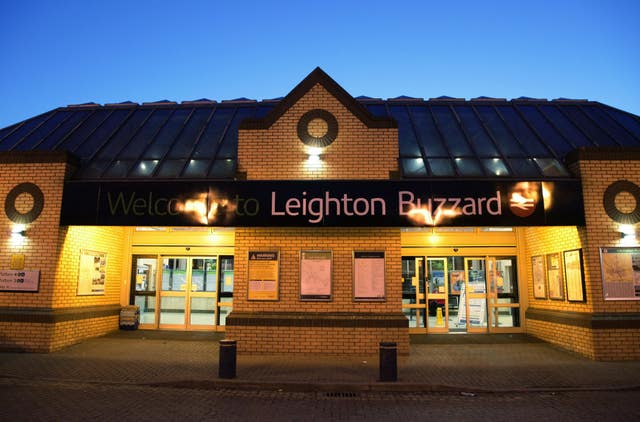
Two earthquakes felt in Leighton Buzzard on Tuesday were the third and fourth in a fortnight.
Here, earthquake expert Dr Matthew Blackett, a reader in natural hazards at Coventry University, describes what may have caused the tremors and why the Bedfordshire community has become a place of environmental interest.
– What happened?
The people of Leighton Buzzard woke to, or were woken by, a familiar feeling.
The first of the latest tremors, with a magnitude of 3.0, hit the Bedfordshire town on Tuesday morning.
This was followed at 12.39pm by an aftershock that had a magnitude of 2.1.
SEISMIC ALERT: LEIGHTON BUZZARD, BEDFORDSHIRE 22 SEPT 2020 12:39 UTC 2.1 ML
DATE: 22 Sept 2020ORIGIN TIME: 12:39 UTCLAT/LONG: 51.928° North / 0.711° WestGRID REF: 488.6 kmE / 226.3 kmNDEPTH: 7.5 kmMAGNITUDE: 2.1 MLLOCALITY: Leighton Buzzard, Bedfordshire INTENSITY: 3 EMS pic.twitter.com/ep9w6VhEwH
— British Geological Survey (@BritGeoSurvey) September 22, 2020
It followed the initial tremor on September 8 and a first aftershock on September 13, which were magnitude 3.5 and 2.1, respectively.
All four were deemed fairly low on the scale.
An earthquake is the fracturing of solid rock, and in Bedfordshire the quake started some several hundred metres below the surface, in hidden fault lines, Dr Blackett said.
– Why Leighton Buzzard?
“It’s very, very odd,” said Dr Blackett.
The British Isles has moved north from its position near the equator over the last 300-400 million years, with periods of tectonic plate compression and suppression.
But today the country is in a stable position in the middle of a tectonic plate. It means earthquakes are unlikely.
“What seems to have happened is that this was an initial earthquake in a hidden fault, some stress or other has caused it,” Dr Blackett said.

“These subsequent events are a readjustment of the fault lines to come back to some sort of stability.
“The crust has to adjust itself to become stable again, that seems to have happened to the poor people of Leighton Buzzard.”
He said there was nothing to suggest in advance that Leighton Buzzard would be hit by the tremors.
– So Leighton Buzzard was unlucky then?
Looks like it, yes.
What seems certain now, though, is that experts will be keen to explore the possibility of further hidden fault lines deep into the Earth’s crust.
– Should people in the area be worried about further tremors?
No, Dr Blackett said.
“It is quite possible that that sequence is now done, but it might be that there are still stresses there,” he said.
“If there are (further tremors), I think it will only be minor events.”
– Finally, the new HS2 rail link will be built nearby – is there any chance the tremors were caused by drilling or preparation works?
Absolutely not, Dr Blackett said.
For a start, the only significant work has been in and around west London.
Even then, any work will not cause problems.


Comments: Our rules
We want our comments to be a lively and valuable part of our community - a place where readers can debate and engage with the most important local issues. The ability to comment on our stories is a privilege, not a right, however, and that privilege may be withdrawn if it is abused or misused.
Please report any comments that break our rules.
Read the rules here